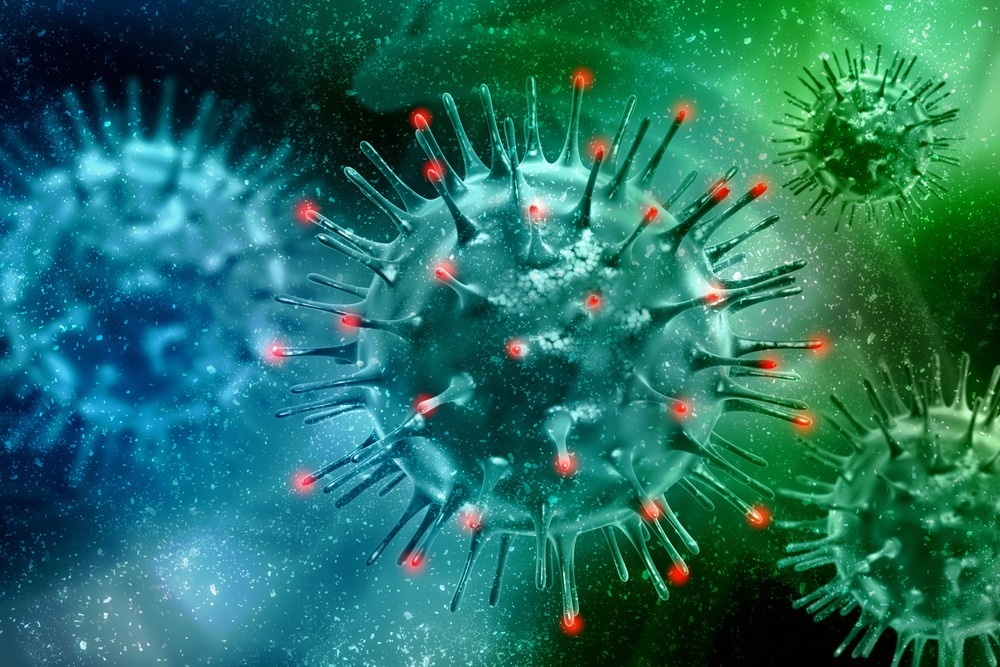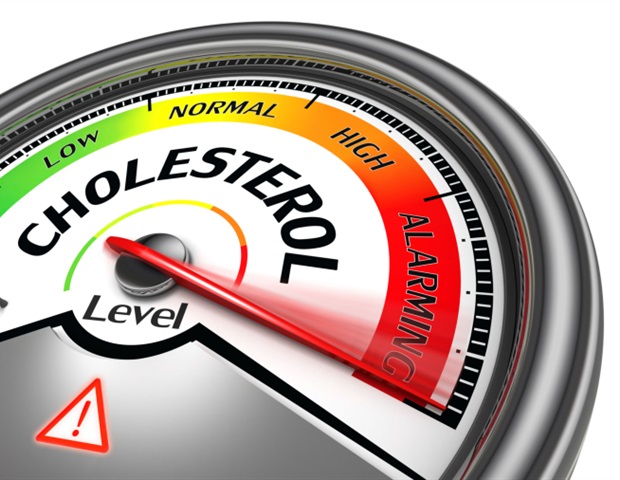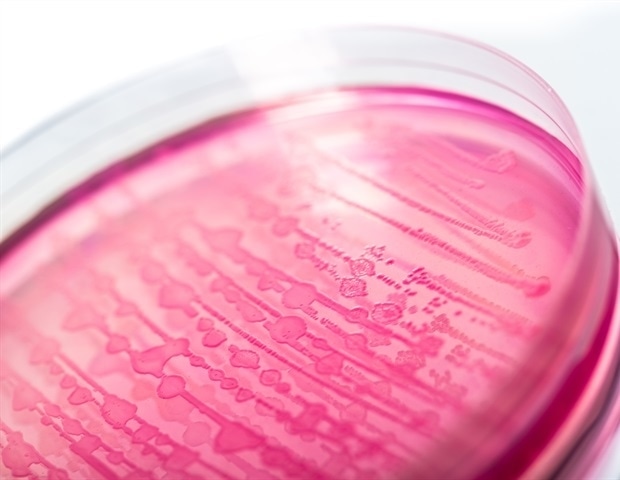In a recent study posted to bioRxiv*, researchers developed a screening platform and identified molecules with anti-coronavirus (anti-CoV) activity.

Background
Biomolecular condensates are membrane-less organelles formed by liquid-liquid phase separation of proteins or ribonucleic acids (RNAs). The formation of liquid condensates called viroplasms has been noted for viruses from the Reoviridae family and Mononegavirales order and is triggered by viral RNAs and proteins during infection.
Viroplasms serve as hubs for the concentration of host/viral factors implicated in cellular entry, replication, and virion assembly and packaging. For severe acute respiratory syndrome (SARS)-CoV-2, its nucleocapsid drives the packaging of virions. Recent studies report its ability to form liquid condensates, raising speculations that nucleocapsid condensates might behave as dynamic viroplasms.
Lately, studies have identified small molecules modulating the phase transition of proteins involved in respiratory syncytial virus (RSV) infection and amyotrophic lateral sclerosis (ALS). This has increased interest in targeting condensates for drug discovery; however, only a few molecules have been identified.
About the study and findings
In the present study, researchers developed a cell-based screening platform to explore small molecules modulating nucleocapsid condensation. First, the researchers expressed seven human CoV (HCoV) nucleocapsid proteins in A549 cells. They observed diffuse cytoplasmic localization of nucleocapsids from SARS-CoV-1, HCoV-OC43, Middle East respiratory syndrome (MERS)-CoV, and SARS-CoV-2.
In contrast, nucleocapsid proteins from HCoVs -229E, NL63, and HKU1, formed spherical (constitutive) condensates. Therefore, the tendency for phase separation and condensation differed between nucleocapsid species. Nucleocapsid condensates were generated for all seven species upon transfection of polyinosinic-polycytidylic acid (polyIC), which mimics viral replication intermediates and elicits innate immune responses.
PolyIC-induced nucleocapsid condensates of SARS-CoV-2, SARS-CoV-2, MERS-CoV, and HCoV-HKU1 were much more dynamic than constitutive condensates. Next, the team speculated that small molecules that can modulate the phase behavior of nucleocapsid condensates would exert antiviral functions.
As such, two parallel screens were developed to identify molecules that inhibit or promote condensation. A549 cells expressing SARS-CoV-2 nucleocapsid were incubated with 10 μM compounds from the Selleck library. Additionally, cells were separately incubated with polyIC 17 hours after compound addition (to identify inhibitors).
Six compounds that increased the number of nucleocapsid puncta per cell were identified. These were inhibitors of glycogen-synthase kinase 3 (GSK3) and proteasomes. The CP21R7 and autophinib (GSK3 inhibitors) were pro-condensers. The LY2090314 compound was the most potent in inducing condensation. Nucleocapsid phosphorylation was potently inhibited by the treatment of 1 μM LY2090314, while 1 μM CP21R7 inhibited phosphorylation to a lesser degree.
Loss- and gain-of-function experiments were performed to test whether GSK3 was indeed the target of pro-condensers. Robust condensation of SARS-CoV-2 nucleocapsid was evident upon stimulating cells with a ligand that activates Wnt signaling, leading to the inhibition of GSK3. Likewise, the effect of (GSK3) inhibitors was recapitulated after knocking out GSK3α or GSK3β. Double knockout had a more potent effect than single knockouts of either GS kinase.
Condensation of nucleocapsids from seven HCoVs (in A549 cells) was reproducible with GSK3 inhibitors in a dose-dependent manner. Further, LY2090314 induced phase separation of nucleocapsids from several bat CoVs (WIV1, HKU4, HKU8, HKU10, and RaTG13). These data indicated that GSK3 negatively modulates nucleocapsid condensation of HCoVs and bat CoVs.
Further, the authors noted that GSK3 inhibitors could also induce the hardening of nucleocapsid condensates with much slower dynamics than polyIC-induced condensates. Moreover, they found that, for SARS-CoV-2, concentrations of GSK3 inhibitors required for nucleocapsid modulation would have also activated Wnt signaling.
Thus, separating the risk of activating Wnt signaling with the modulation of SARS-CoV-2 nucleocapsid condensation would be difficult. On the other hand, the therapeutic modulation of nucleocapsid might be viable for HCoVs such as NL63 and HKU1, where exposure to drugs below the threshold for Wnt signaling activation might be anti-viral.
In the condensation inhibition screen, four compounds that reduced the number of polyIC-induced nucleocapsid puncta per cell were identified. The compounds were salvianolic acid B (SalB), ponatinib, olverembatinib, and bosutinib. These compounds inhibited the two endogenous pathways (stress granule formation and nuclear translocation of interferon regulatory factor 3) induced upon polyIC transfection.
Several compounds identified in this study were previously reported to have antiviral activity against multiple HCoVs. Moreover, the published antiviral half-maximal inhibitory concentration (IC50) data correlated with the half-maximal effective concentrations (EC50) of nucleocapsid condensates determined in this analysis.
Conclusions
In summary, the study demonstrated the formation of nucleocapsid condensates for seven HCoVs, which could be inhibited or promoted by small molecules. Specifically, they identified GSK3 inhibitors as pro-condensation compounds. The four condensation inhibitors could disrupt the phase separation of HCoV nucleocapsids via numerous mechanisms.
Overall, the study revealed that small molecules with therapeutic potential could modulate nucleocapsid condensate dynamics. The screening-based approach might help expedite drug discovery to combat future pandemics.
*Important notice
bioRxiv publishes preliminary scientific reports that are not peer-reviewed and, therefore, should not be regarded as conclusive, guide clinical practice/health-related behavior, or treated as established information








